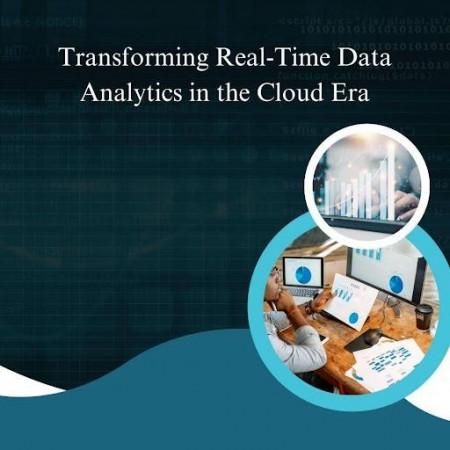Groundbreaking insights into optimizing data processing systems are presented in the latest work of Selvakumar Alagarsamy, an expert in real-time data analytics and cloud computing. The article provides a comprehensive exploration of architectural and engineering strategies that modern enterprises can leverage to enhance their analytics capabilities.
Redefining Data Partitioning for Scalability
Effective data partitioning lies at the heart of scalable analytics systems. Horizontal partitioning, known as sharding, excels in write-heavy workloads by reducing latency by up to 65%. On the other hand, vertical partitioning optimizes attribute-specific analytical operations, improving query execution speed by 40%. By combining multiple partitioning strategies, organizations can boost resource utilization by 45%, ensuring seamless management of terabyte-scale datasets.
Key innovations, such as adaptive repartitioning and consistent hashing, prevent data hotspots, enabling systems to handle varying loads effectively. These advancements contribute to more robust data distribution and enhanced query performance.
Optimizing Latency with In-Memory Processing
The need for ultra-low latency has propelled the adoption of in-memory processing systems. These architectures can reduce data access times by 85%, achieving sub-millisecond response rates while processing over one million transactions per second. Complemented by hybrid storage solutions, real-time systems now deliver 99.99% data durability and unprecedented processing speeds.
Network optimization strategies further support low-latency analytics. Techniques like advanced protocol optimizations and dynamic load balancing ensure end-to-end latencies as low as 100 microseconds, enabling seamless real-time operations.
Serverless Architectures for Cost Efficiency
The shift toward serverless computing has redefined resource management in the cloud. By leveraging a pay-per-execution model, organizations have achieved up to 70% cost savings. Predictive auto-scaling, trained on historical workload patterns, provides a 92% accuracy in demand forecasting, ensuring optimal resource allocation while minimizing over-provisioning.
Cost-monitoring tools complement these innovations by providing real-time insights into consumption patterns. These tools enable enterprises to identify inefficiencies, resulting in average savings of 35% on cloud expenditures.
Building Resilience Through Intelligent Design
System resilience has taken center stage in modern cloud architectures. Hierarchical fault-tolerant designs now guarantee 99.999% availability, reducing downtime by 85%. Failover mechanisms, capable of recovery point objectives (RPO) under one second, ensure uninterrupted operations during critical failures.
Sophisticated disaster recovery frameworks enhance resilience by offering cross-region failover with minimal data replication delays. Coupled with real-time monitoring systems that process over 50,000 metrics per second, these designs provide actionable insights and anomaly detection within seconds of an issue arising.
Strengthening Security in Cloud Environments
Security remains a top priority in cloud analytics systems. End-to-end encryption protocols ensure 99.99% protection against data breaches while adding minimal latency. Multi-factor authentication frameworks, accurate up to 99.9%, and role-based access controls significantly reduce unauthorized access attempts.
Advanced audit logging and compliance tools further reinforce security by processing thousands of events per second and maintaining detailed records. These systems achieve over 95% coverage of security controls during audits, ensuring adherence to regulatory standards.
Seamless Integration and Deployment Strategies
Modern analytics systems rely on well-architected integration patterns to reduce synchronization delays by 80%. These patterns handle up to 10,000 events per second, supporting complex event processing with guaranteed delivery.
Deployment strategies have also evolved, with blue-green and canary deployments minimizing risks during updates. Organizations now achieve 99.7% success rates for production rollouts, ensuring business continuity even during major system changes.
In conclusion, the innovations explored by Selvakumar Alagarsamy demonstrate how enterprises can achieve unprecedented performance, scalability, and security in real-time analytics. By adopting advanced architectural patterns and strategic resource management, organizations can transform their operations to thrive in the ever-evolving cloud landscape. His work underscores the importance of thoughtful system design in harnessing the full potential of real-time data.










